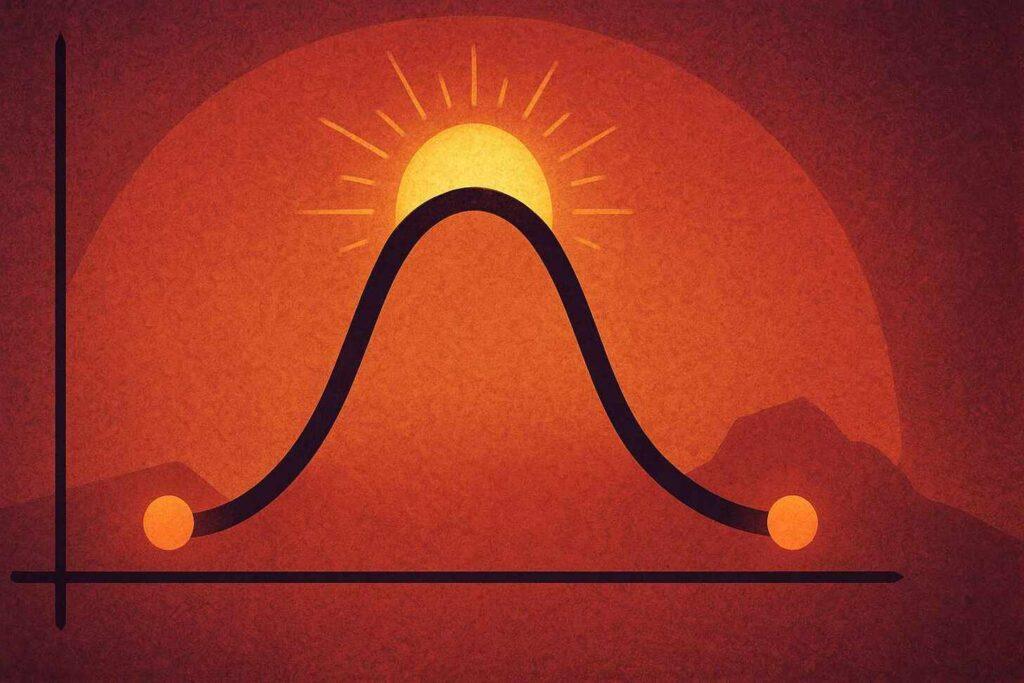
By John / July 8, 2025

Why do some tasks feel harder to start than to finish? Whether you’re launching a startup, forming a new habit, or writing your first chapter, the biggest hurdle is often just beginning. This invisible resistance is explained by the
activation energy mental model
.
This model comes from chemistry and is applied to psychology and productivity. Just like molecules need a burst of energy to ignite a reaction, humans need a spark to overcome inertia.
In this article, you’ll learn how this model explains procrastination, how to reduce friction in your daily routine, and how to spark lasting action with practical strategies.
The activation energy curve illustrates why starting is harder than continuing
Activation energy originated in chemistry, where it describes the minimum energy required to start a chemical reaction. Swedish scientist Svante Arrhenius first identified this concept in 1889, developing an equation that shows how chemical reactions need an initial energy push to get going.
Think about lighting a fire. You can’t just place a match against a large log and expect it to burst into flames. You need kindling, perhaps some paper, and enough heat to reach the threshold where combustion begins.
Once the fire starts, it generates its own heat and becomes self-sustaining. That initial energy requirement—the match, the kindling, the effort—represents activation energy.
As a mental model, activation energy helps us understand why: